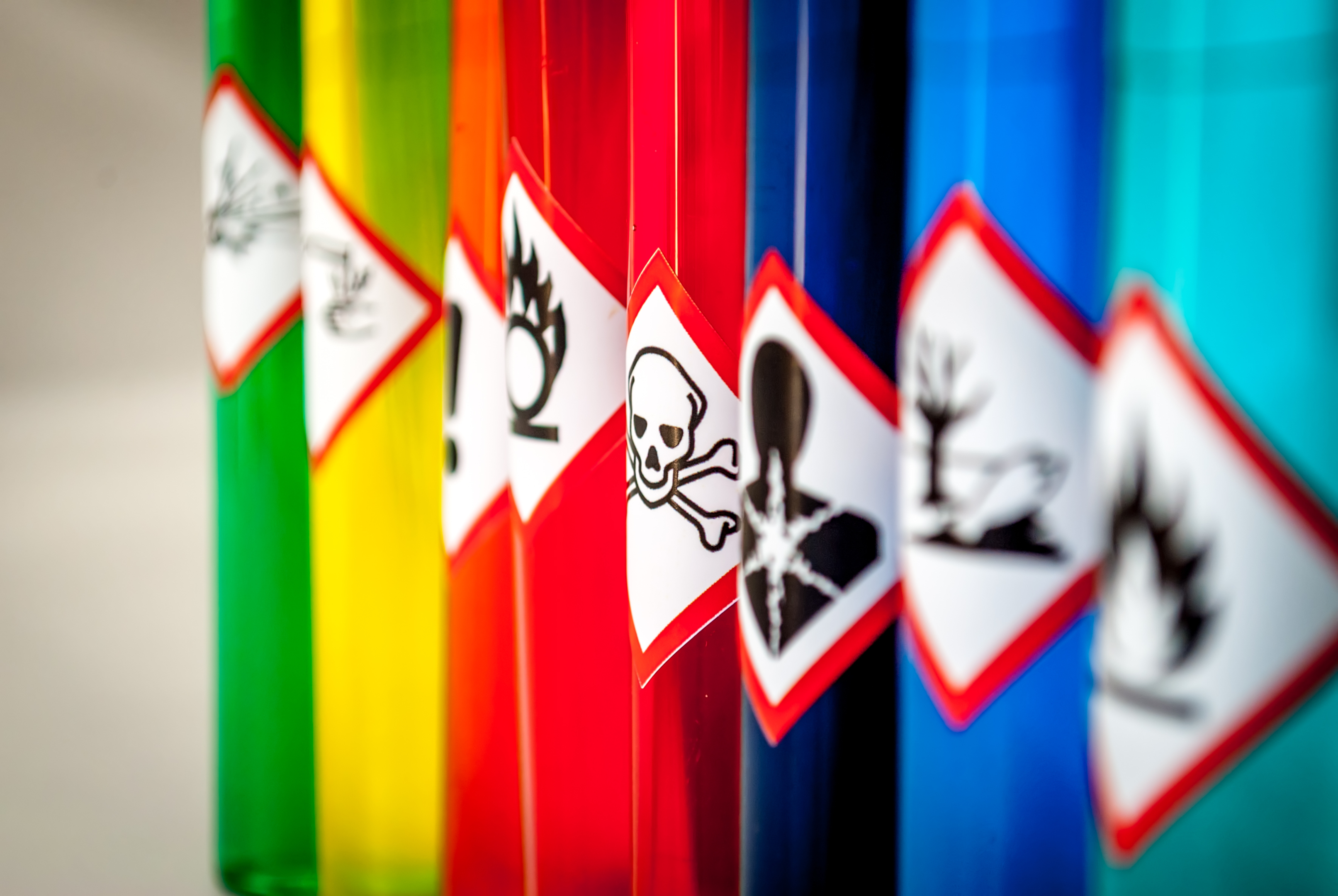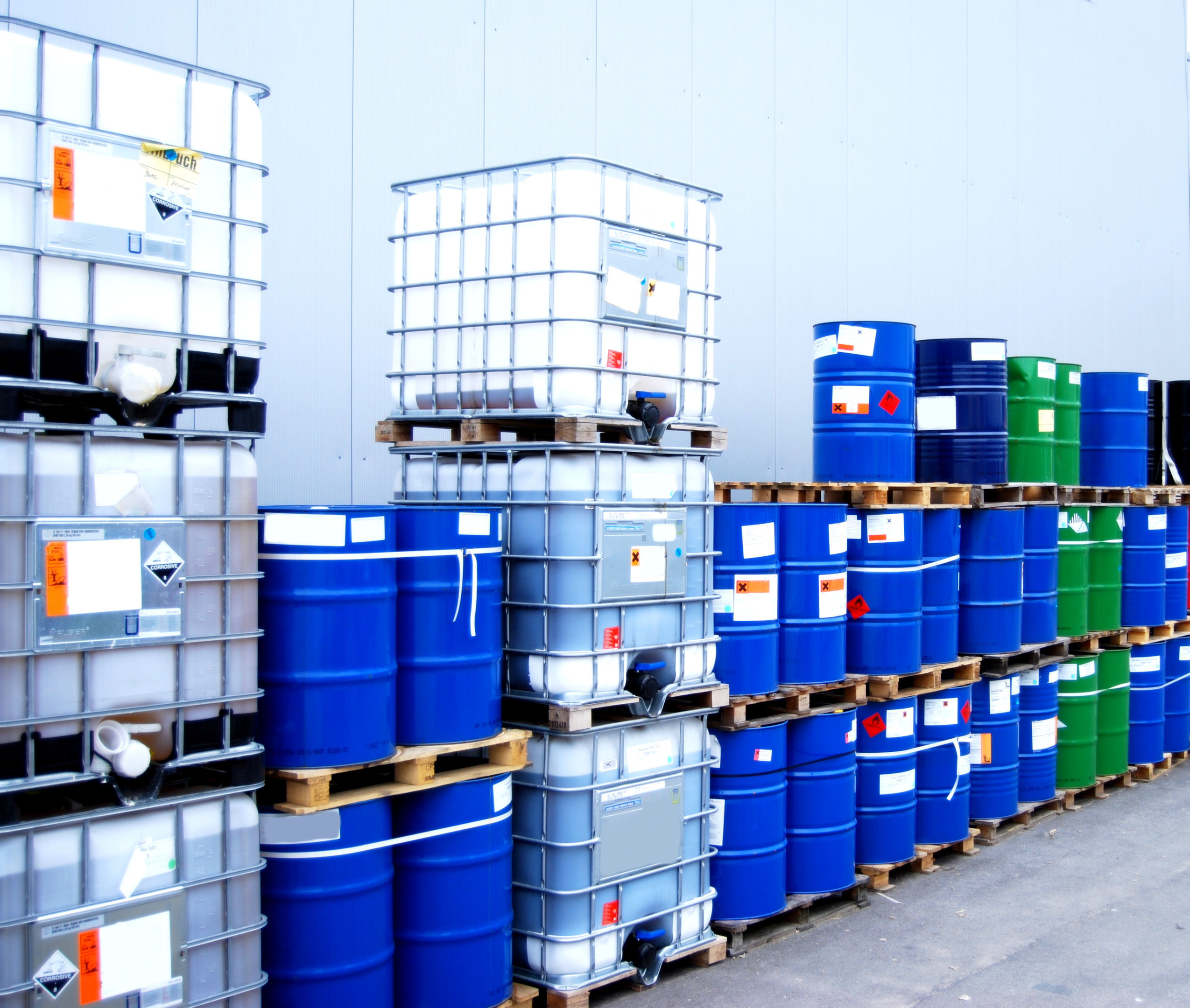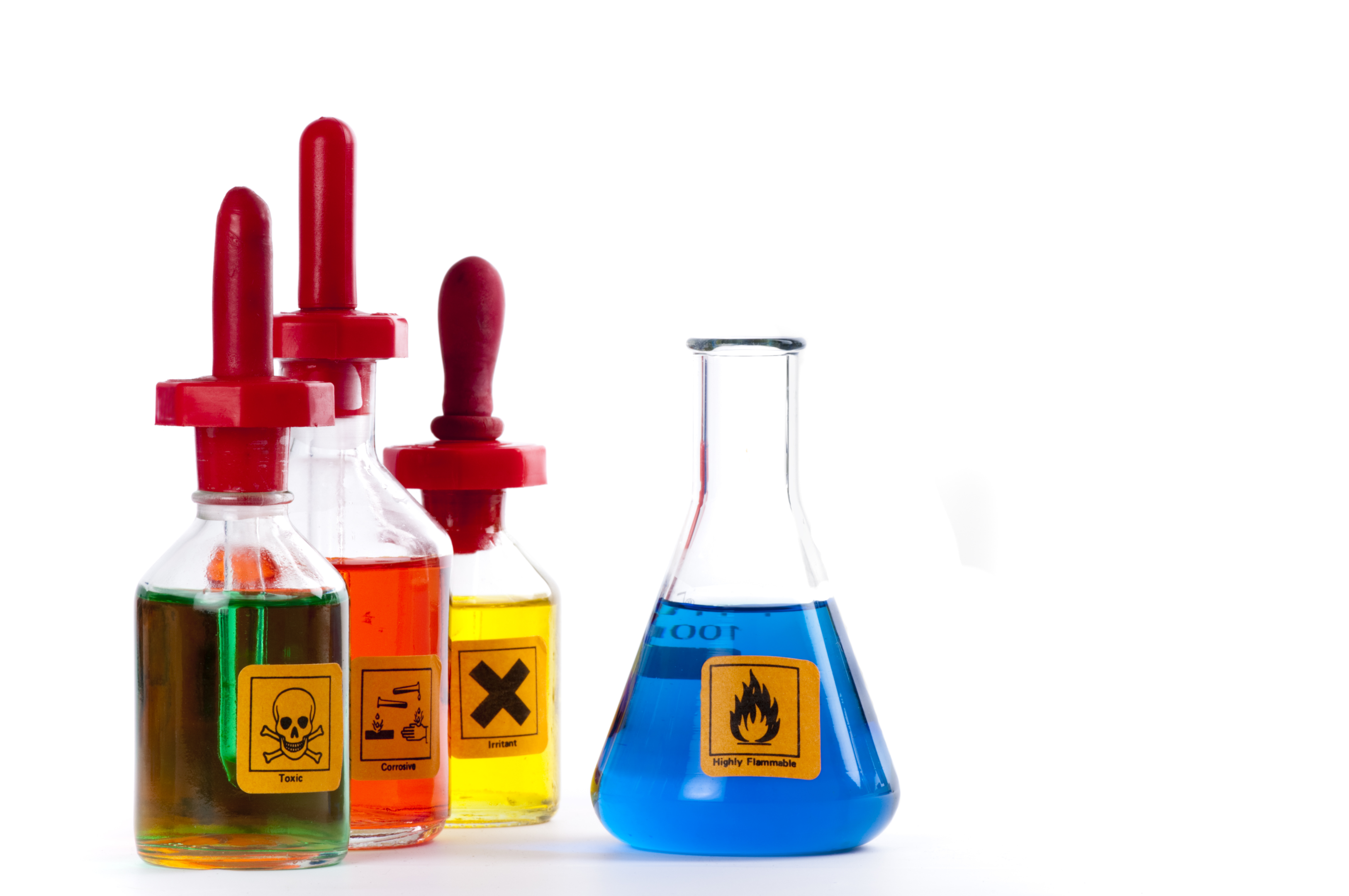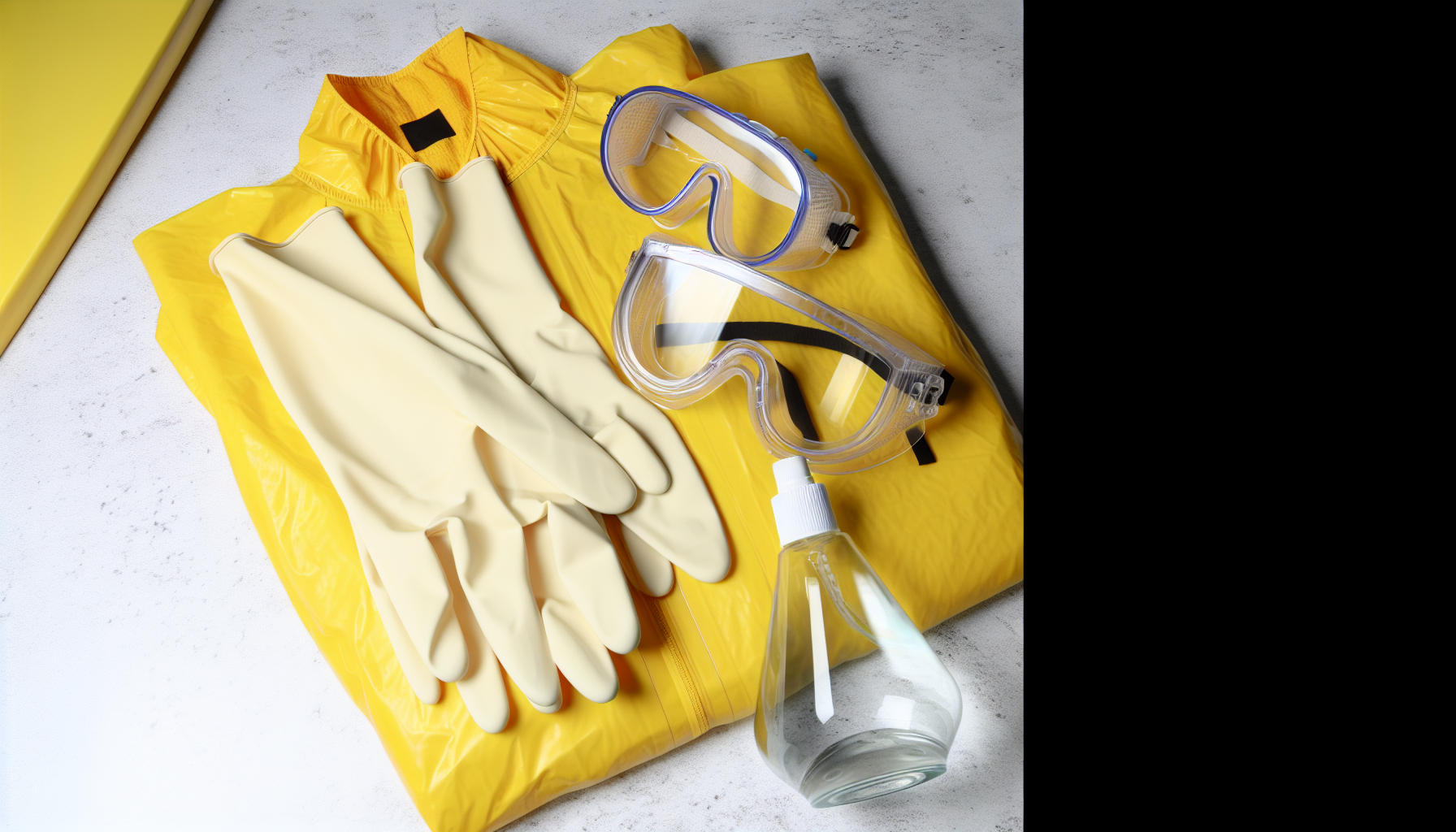Chemical compatibility determines if materials can resist corrosion or deterioration when in contact with chemicals. This key understanding prevents hazardous material interactions and assures safety in applications ranging from manufacturing to storage. This article helps you navigate chemical compatibility, furnishing you with the knowledge to choose materials that stand up to chemical challenges, evaluate their interactions, and manage potential risks effectively.
Key Takeaways
Chemical compatibility is crucial for maintaining the integrity of plastics in contact with chemicals, with resistance dependent on the material and impacted by temperature, exposure time, mechanical stresses, and chemical concentration.
Proper selecting of plastics for chemical exposure is vital and influenced by chemical compatibility charts and case studies that demonstrate the appropriate use of different plastics based on their resistance and other requirements of their intended applications.
Testing protocols for chemical resistance, such as initial testing and long-term strategies, are essential for assessing how plastics react to chemicals, and interpreting these results correctly is fundamental for ensuring material compatibility and safety.
Understanding Chemical Compatibility and Plastics

Chemical compatibility is akin to a dance between two partners – the plastic and the chemical. When they’re in sync, maintaining chemical compatibility preserves the strength, flexibility, color, surface appearance, dimensions, and weight of plastics, allowing them to perform their intended functions without a hitch. Plastics are rated on chemical compatibility charts as either ‘resistant’ or ‘not resistant’, giving us a general snapshot of how they’re likely to react when exposed to various chemicals.
But, as with any dance, the specifics can be complex. We will now delve into the details of this intricate dance, starting with the basics.
The Basics of Chemical Behavior with Plastics
Imagine plastics as a fortress, and chemicals as invaders trying to breach the castle walls. The invaders can attack in one of three ways: through chemical attacks, physical absorption, and environmental stress cracking. For instance, hydrophobic chemicals, much like stealthy invaders, can accumulate on plastic surfaces through a process known as adsorption. Some materials, such as polyethylene, show a higher affinity for these compounds and can be more susceptible to this kind of ‘attack’.
Meanwhile, the resistance of plastics to acids, such as citric acid and formic acid, and bases – the fiery dragons of our chemical invaders – often depends on the strength of carbon-hydrogen bonds within the plastic, which deters the ease of electron donation for ion formation. But what reactions do these chemical invaders trigger in different plastics?
Specific Chemical Responses
Different types of plastics have varying affinities for specific chemicals, much like how different materials have different strengths and weaknesses when it comes to withstanding attacks. Take for instance, polyethylene and polypropylene, they show good resistance to conventional acids but succumb to super acids due to their nonpolar nature. This is because super acids can ionize the atoms in these plastics, leading to their dissolution in a water solution.
Furthermore, these types of plastics exhibit higher adsorption of certain chemicals, such as polychlorinated biphenyls (PCBs), compared to others like polypropylene. Nevertheless, the resistance of plastics to chemicals isn’t solely dependent on their innate properties, other factors also contribute.
Factors Influencing Chemical Resistance
A plastic’s resistance to chemicals is influenced by a combination of factors, much like how a fortress’s strength depends on its material, design, and the skill of its defenders. These factors include:
Temperature
Exposure time
Mechanical stresses, which are related to the material’s mechanical properties
Chemical concentration
Elevated operating temperatures, for instance, can increase the rate of chemical absorption in plastics, leading to reduced integrity and performance. Additionally, the duration of exposure and the concentration of the chemical play a crucial role in determining the chemical resistance of plastics. Even the mechanical load on the material can influence its resistance to chemicals.
A comprehensive knowledge of these factors is essential for making effective choices and using materials in chemical environments.
Selecting the Right Plastic for Chemical Exposure

Choosing the correct plastic for chemical exposure is much like choosing the right equipment for a specific task. It depends on the plastic’s compatibility with the chemicals it will encounter to ensure safety and material integrity. Just like you wouldn’t use a spoon to cut a steak, you wouldn’t use a plastic that dissolves in the presence of a specific chemical to store that chemical.
But what criteria do we follow to determine the appropriate plastic for a specific chemical exposure?
Chemical Compatibility Charts: A Tool for Decision Making
Chemical compatibility charts are the trusty guides in our journey of selecting the right plastic. These charts provide detailed information on how different plastics react to specific chemicals, helping us determine the suitability of a plastic material for a particular chemical exposure. Nonetheless, a chemical compatibility chart should not be considered as the ultimate authority on the subject.
To prevent hazardous interactions, it is crucial that chemical compatibility charts be easily accessible to personnel involved in handling or storing chemicals. But what does this theory look like when put into practice?
Case Studies: Successful Material Selection
In the real world, successful material selection is akin to a well-played chess game, where each move is calculated based on the strengths and weaknesses of the pieces in play. In the food industry, for instance, High-Density Polyethylene (HDPE) is chosen for its moisture, chemical, and puncture resistance for packaging food products, while Polytetrafluoroethylene (PTFE) is preferred for non-stick properties in cooking equipment. These case studies illustrate that choosing the right plastic for chemical exposure is not just about chemical compatibility, but also about how the material fits into the broader requirements of its intended application.
Testing Protocols for Chemical Resistance
Standardized testing methods are the detectives in our quest to understand chemical resistance. They help us assess how a particular plastic would react to a specific chemical under controlled conditions, ensuring material compatibility and safety.
Before we can place our faith in these test results, it’s essential to grasp the testing procedures.
Initial Test Procedures
Initial chemical resistance tests are like the scouts in an exploration mission. They quickly evaluate the landscape to observe any immediate damage or negligible effect from chemical contact. These tests involve examining plastics for physical changes such as cracking, color alterations, or a sticky residue after contact with chemicals.
However, these preliminary tests merely scratch the surface. A more thorough evaluation necessitates long-term testing strategies.
Long-Term Testing Strategies
Long-term testing strategies are the deep-sea divers in our exploration of chemical resistance. They delve into the depths to assess the effects of chemicals on plastics over time. One such test is the Environmental Stress Crack Resistance (ESCR) test, which determines how chemicals affect plastics under strain over time.
Yet, just carrying out these tests isn’t enough – deciphering the test results is vital for making informed choices.
Interpreting Test Results
Interpreting test results is like decoding an ancient script. The results are typically categorized as ‘Resistant,’ ‘Limited Resistance,’ or ‘Not Resistant’, with accompanying notes stating dependence on concentration, time, and temperature. However, these generalized categories are not the final word – users are advised to conduct their own additional tests to confirm the applicability of materials for particular uses.
This process of testing and interpretation helps us understand the effects of common chemicals on plastics.
Common Chemicals and Their Effects on Plastics

Just like how different creatures react differently to the same environment, various chemicals can affect different types of plastics in unique ways. PVC and HDPE, for instance, are generally suitable for lower concentration chemical exposures, while PVDF and PTFE are known for higher resistance to various chemicals.
But what happens when these chemicals interact with plastics under more specific conditions?
Acids, Bases, and Solvents
Acids, bases, and solvents can often seem intimidating due to their potential to cause significant changes in materials they come into contact with. But how do these react with plastics? Most common plastics such as PE, PS, HDPE, and PP can be ignited by high concentrations of nitric acid around 98%. Meanwhile, plastics are often used for storing hydrochloric acid, sulfuric acid, acetic acid, phosphoric acid, and hydrogen peroxide as they resist the acids and do not dissolve. Sodium hydroxide, as a strong base, can also be stored in these plastics without causing damage.
Yet, all plastics do not respond identically to these chemicals – for instance, Nylon deteriorates in the presence of hydrochloric acid, unlike other common plastics.
Household Chemicals and Everyday Materials
When it comes to everyday items, we often don’t give a second thought to the chemicals they may be exposed to. However, these common household chemicals, such as ethylene glycol, can have significant effects on plastics. Alcohols like isopropyl alcohol, for instance, are commonly used to clean plastic surfaces. Most types of plastics are well-tolerated by alcohols like isopropyl alcohol without suffering damage.
What happens if damage does occur though? How can we prevent or deal with such issues?
Preventative Measures and Best Practices

Preventative measures and best practices are the shields and swords in our fight against chemical incompatibility. Implementing a chemical hygiene plan, using appropriate Personal Protective Equipment (PPE), and conducting regular training and emergency response drills are all essential in minimizing risks associated with chemical exposure.
In addition, utilizing secondary containment systems can significantly reduce the spread of chemical spills and facilitate a more straightforward cleanup process.
Suitable Guards and Personal Protections
Personal Protective Equipment (PPE) serves as the armor in our defense against chemical hazards. From gloves and goggles to full-body suits, PPE provides essential protection against potential harm from chemicals. However, much like a knight’s armor, PPE has its limitations and should be used in tandem with other safety measures for comprehensive protection.
Handling and Storage Guidelines
Proper handling chemicals and storage are like the rules of the road – they guide us in safely navigating the world of chemical compatibility. From removing expired chemicals promptly to storing chemicals at eye level or lower, these guidelines help minimize risks and ensure safety.
What if things take a wrong turn though? How do we identify and tackle compatibility issues?
Troubleshooting and Addressing Compatibility Issues
Troubleshooting and addressing compatibility issues are like solving a puzzle – it requires keen observation, logical thinking, and swift action. Signs of incompatibility, such as stress cracking, haziness, or a gummy feel on the surface of plastics, may indicate that the plastic is incompatible with a certain chemical. When such signs are noticed, immediate action, such as removing the affected plastic from contact with the chemical and cleaning it thoroughly, is necessary to prevent further damage.
Identifying Early Signs of Incompatibility
Identifying early signs of incompatibility is like spotting the first signs of a storm on the horizon – the sooner you notice them, the better you can prepare. Changes in appearance such as crazing or an oily or tacky feel on a plastic surface may indicate early stages of incompatibility.
Recognizing and understanding these signs is integral to the initial steps of tackling compatibility issues.
Remedial Actions and Material Substitution
Once a problem has been identified, remedial actions and material substitution serve as the lifeboat in our voyage through chemical compatibility. Immediate actions often include removing and isolating the affected plastic components to prevent further chemical reactions and potential damage caused by substances like methylene chloride.
Following this, material substitution using chemically resistant alternatives ensures long-term reliability and safety.
Advanced Topics in Chemical Compatibility
As we venture deeper into the world of chemical compatibility, we encounter more complex topics that add layers of intricacy to our understanding. Some of these advanced topics include:
The influence of additives on chemical compatibility
The role of composite materials in determining compatibility
The impact of environmental factors on chemical reactions
Exploring these advanced topics will provide a deeper dive into the nuances of chemical compatibility.
Influence of Additives on Compatibility
Additives are like the spices in a recipe – they can significantly influence the final outcome. In plastics, additives such as:
plasticizers
flame retardants
antioxidants
stabilizers
Enhance performance and functionality by using methyl ethyl ketone. However, they can also affect chemical compatibility.
Knowing the interaction between these additives and different chemical combinations can guide us in foreseeing and managing potential compatibility issues, ensuring appropriate chemical compatibility.
The Role of Composite Materials
Composite materials are like a team of superheroes – each one brings unique strengths to the table, and together, they can tackle challenges that individual members may not be able to handle alone. Composite materials made from polymer blends are often used in applications where chemical resistance is critical. However, reprocessing these blends can lead to changes in the material’s properties, which may influence their chemical resistance.
Environmental and External Factors
Apart from the intrinsic properties of plastics and chemicals, environmental and external factors also play a significant role in chemical compatibility. Environmental stress cracking, for instance, is a phenomenon where both internal and external stresses contribute to cracks in plastics when in the presence of certain chemicals. Moreover, the environmental conditions surrounding plastics can alter the potential release of organic compounds from plastics, leading to possible contamination.
Summary
In this journey through the world of chemical compatibility, we’ve explored how different chemicals interact with plastics, how to select the right plastic for specific chemical exposures, and how to test and interpret chemical resistance. We’ve also discussed common chemicals and their effects on plastics, preventive measures, and best practices, and how to troubleshoot compatibility issues. Lastly, we dove deeper into the influence of additives, the role of composite materials, and the impact of environmental and external factors on chemical compatibility. Armed with this knowledge, we can now navigate the intricate dance of chemical compatibility with confidence and expertise.
Frequently Asked Questions
What is chemical compatibility chart?
A chemical compatibility chart is a tool used to describe the suitability of materials for use in contact with various chemicals. It helps in selecting the right components for specific chemical applications.
What is the purpose of the chemical compatibility chart?
The purpose of the chemical compatibility chart is to show dangerous chemical combinations and indicate if bulk chemicals can be shipped together. This helps prevent unintentional mixing and ensures safe transportation.
How do you test for chemical compatibility?
To test for chemical compatibility, you can perform a soak test where various materials are soaked in the disinfectant for a specific duration to determine their compatibility with the chemical.
What factors influence the chemical resistance of plastics?
Several factors, such as temperature, exposure time, mechanical stresses, and chemical concentration, influence the chemical resistance of plastics. These factors should be carefully considered when choosing the right plastic for specific applications.
How can I choose the correct plastic for chemical exposure?
To choose the correct plastic for chemical exposure, consult chemical compatibility charts to understand how different plastics react to specific chemicals before making a selection. This will help ensure the plastic chosen is suitable for the intended chemical environment.
